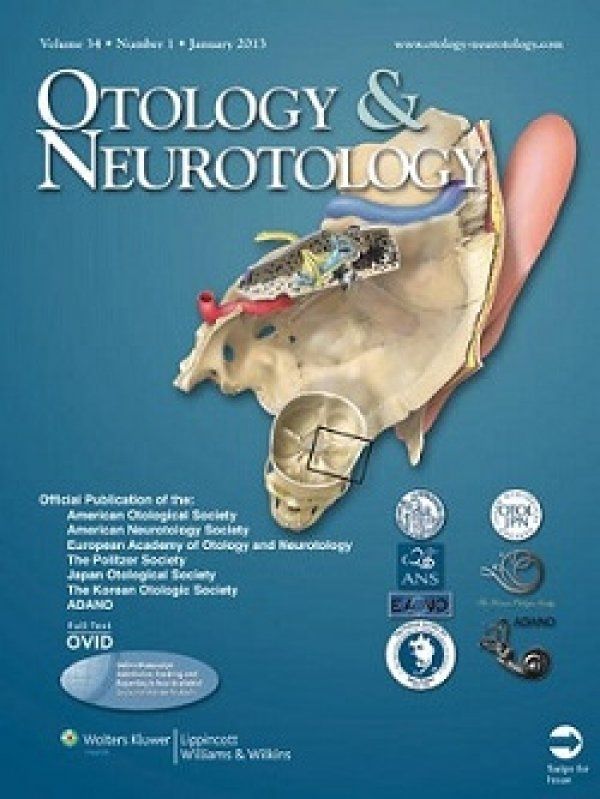Petrous Apex Cholesterol Granulomas: Outcomes, Complications, and Hearing Results From Surgical and Wait-and-Scan Management
Abstract
OBJECTIVE:
- To analyze the surgical outcomes in the management of petrous apex cholesterol granulomas (PACG) with a brief literature review.
- To evaluate the importance of wait-and-scan management option.
STUDY DESIGN:
Retrospective review.
SETTING:
Quaternary referral center for otology and skull base surgery.
SUBJECTS AND METHODS:
Charts of 55 patients with at least 12 months of follow-up were analyzed for demographic, clinical, audiometric, and radiological features. Patients were divided into surgical group (SG) (n = 31) and wait-and-scan (n = 24) (WS) group. Surgical approach was chosen as per hearing status and PACG extension and relation to nearby neurovascular structures and included either drainage by transmastoid-infralabyrinthine approach (TM-IL)/transcanal-infracochlear approach (TC-IC) or resection by infratemporal fossa type B approach (ITF-B). The combination of ITF-B with trans-otic (TO) approach or TO approach solely was used in unserviceable hearing cases. Postoperative outcomes and complications were evaluated in SG.
RESULTS:
Postoperative symptom relief was observed in 24 patients (77.4%). Diplopia and paresthesia recovered in each case and improvement in headache, dizziness, tinnitus, and hearing loss was observed in 87.1% cases. Serviceable hearing was preserved in 24 of 26 cases. Postoperative complication rate was 32.2% including incidences of profound hearing loss, facial nerve paresis, carotid artery injury and intraoperative CSF leaks. Revision surgery was required in 3 (9.6%) cases, after TM-IL approach.
CONCLUSIONS:
Surgical drainage is preferable to more aggressive resection procedures, with the latter reserved for recurrent lesions or lesions with severe hearing loss/involvement of critical neurovascular structures. ITF-B approach provides adequate cyst and neurovascular control for resection, while avoiding brain retraction. An initial wait-and-scan approach can be used in most patients where symptoms and imaging justify so.


